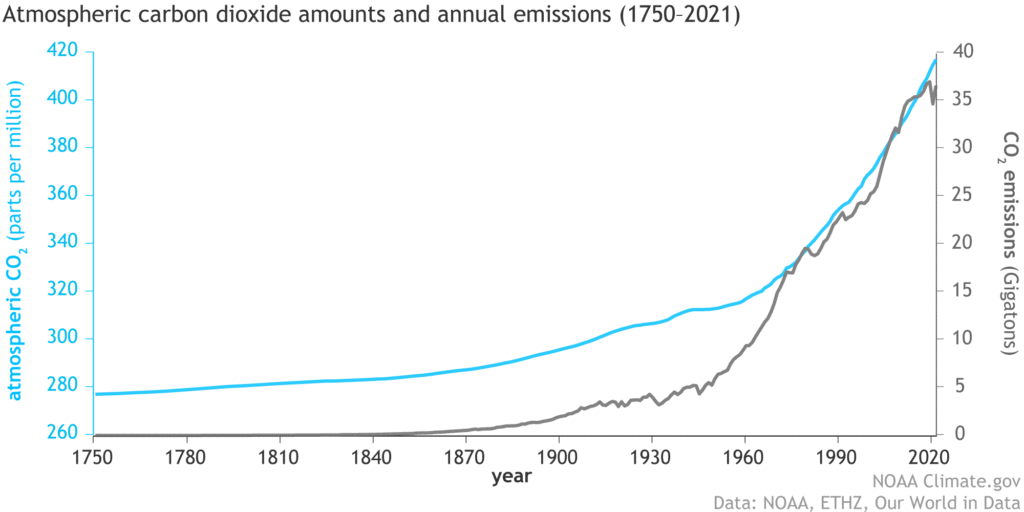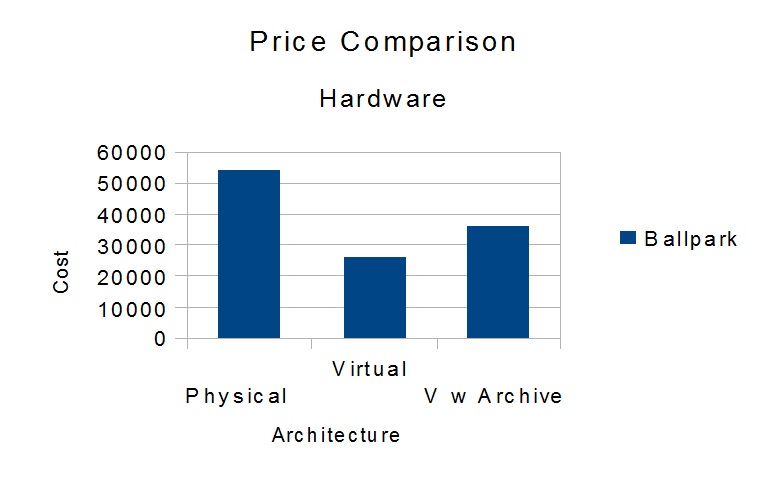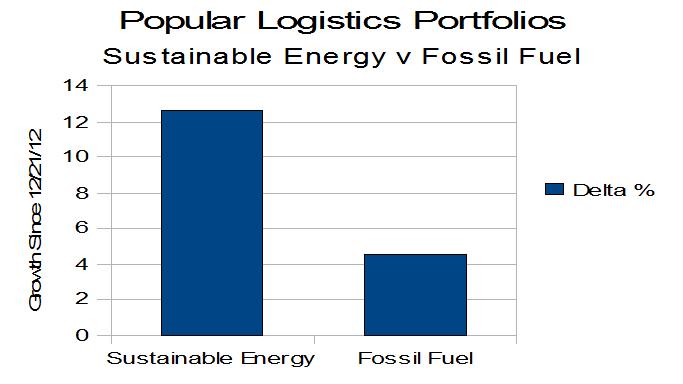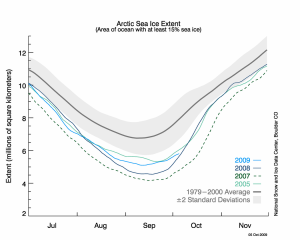Burning fossil fuels and using nuclear power create tremendous waste problems. Harnessing the sun, the wind, and the heat of the earth use energy with no fuel – therefore no pollution. The question is Eco-Watts v Killer-Watts. The choice is ours!
Back in the late ‘1970’s Amory Lovins , a physicist, coined the term “NegaWatts” to describe the energy that could be saved with conservation and efficiency. “The cheapest energy,” he said, “and the cleanest energy is the energy you don’t use.” A negawatt is a unit of power not consumed.
Lovins’ associate, Marvin Resnikoff, PhD, another physicist, currently at Radioactive Waste Management Associates, then teaching environmental thinking at SUNY University of Buffalo – Rachel Carson College, used the term “nuclear constipation” to describe the nuclear waste problem. It’s an apt metaphor – the waste doesn’t go away.
We are struggling not only with nuclear constipation, but carbon constipation. We burn carbon to get from place to place, to heat and cool our homes. But the carbon doesn’t go away. It goes into the air from under the ground. To paraphrase Al Gore,
We are borrowing from China to buy oil from the middle east and pull coal out of the ground to burn it in ways that destroy the planet. But enough wind blows through the midwest corridor in a day, enough sunlight falls on the earth in FORTY MINUTES to provide the power we need for a year.
Harnessing the wind, the sun, and the earth eliminates these problems. Rather than burning a fuel; wind, solar, and geothermal harness a process. The sun shines whether or not we use solar panels to capture some photons. The wind blows regardless of our decision to use a few particles to spin a turbine. We are hitchin’ a ride on a moving train.
Negawatts – units of power not consumed.
Eco-watts – units of power generated by clean energy systems, by harnessing a process rather than consuming a fuel.
Killer-watts – units of power generated by consuming a fuel, which produces a quantity of pollution, such as carbon dioxide, radioactive wastes, mercury, arsenic, etc.





